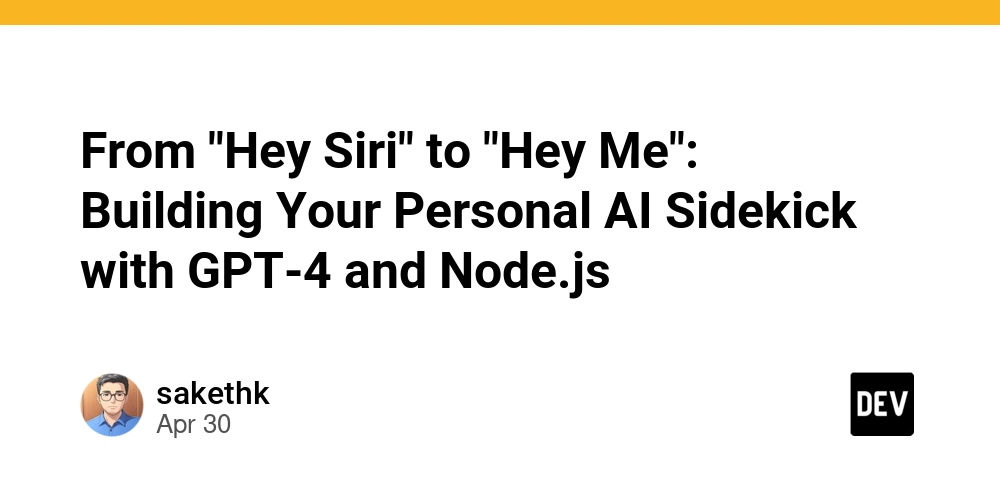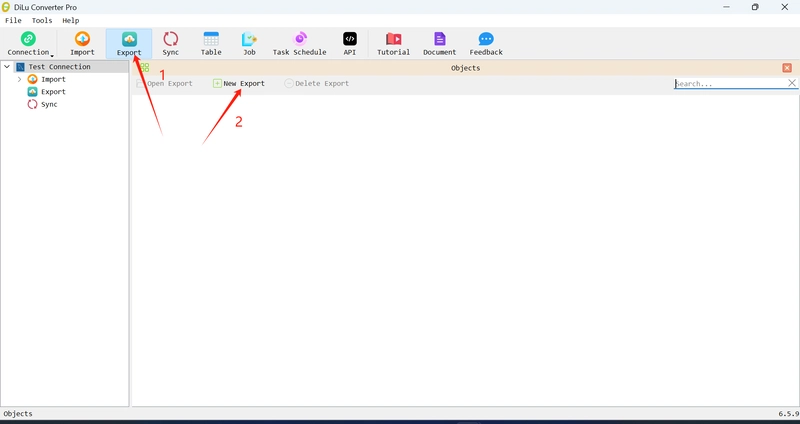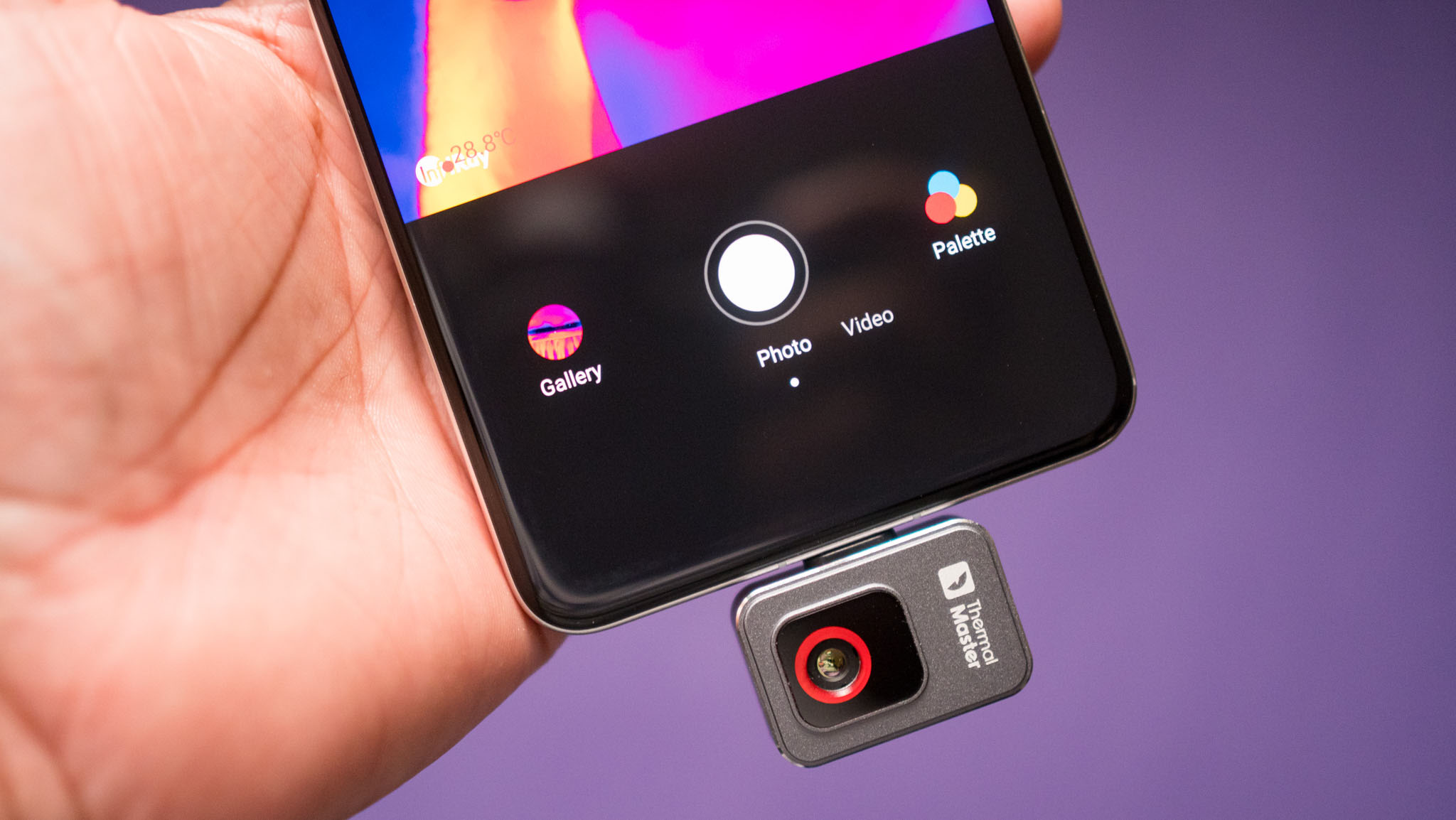From "Hey Siri" to "Hey Me": Building Your Personal AI Sidekick with GPT-4 and Node.js
The AI Assistant Dream: It's Alive! (Well, Sort of) Remember that scene in Iron Man where Tony Stark casually chats with JARVIS, his AI butler? Yeah, I've been dreaming about that since... forever. While we might not be at the "control my entire house and suit of armor" level yet, we're getting surprisingly close. Today, we're going to build our own personal AI assistant using GPT-4 and Node.js. It won't make you breakfast (sorry), but it'll definitely make you feel like a tech wizard. Why Build Your Own AI Assistant? Before we dive into the code, let's talk about why you'd want to build your own AI assistant when Siri, Alexa, and friends already exist: Customization: Your assistant, your rules. Want it to speak like a pirate? Arr, matey! Privacy: Keep your data local and your conversations private. Learning: There's no better way to understand AI than by building with it. Bragging Rights: Impress your friends, family, and that cute barista who thinks you "work with computers." What You'll Need A computer (duh) Node.js installed (preferably a recent version) An OpenAI API key (for GPT-4 access) A sense of humor (optional, but highly recommended) Setting Up Your Project First things first, let's create a new Node.js project: mkdir my-ai-buddy cd my-ai-buddy npm init -y Now, install the necessary packages: npm install openai dotenv readline The Heart of Your AI: GPT-4 GPT-4 is like the brain of our operation. It's what will allow our assistant to understand and respond to our queries. Let's set it up: Create a .env file in your project root: OPENAI_API_KEY=your_api_key_here Create an index.js file and add the following: require('dotenv').config(); const { Configuration, OpenAIApi } = require("openai"); const readline = require("readline"); const configuration = new Configuration({ apiKey: process.env.OPENAI_API_KEY, }); const openai = new OpenAIApi(configuration); const rl = readline.createInterface({ input: process.stdin, output: process.stdout, }); async function chat() { const messages = [ { role: "system", content: "You are a helpful assistant." } ]; while (true) { const userInput = await new Promise((resolve) => { rl.question("You: ", resolve); }); if (userInput.toLowerCase() === 'exit') { console.log("AI: Goodbye! Have a great day!"); rl.close(); return; } messages.push({ role: "user", content: userInput }); try { const completion = await openai.createChatCompletion({ model: "gpt-4", messages: messages, }); const aiResponse = completion.data.choices[0].message.content; console.log("AI:", aiResponse); messages.push({ role: "assistant", content: aiResponse }); } catch (error) { console.error("Error:", error.message); } } } chat(); Running Your AI Assistant Now, the moment of truth. Run your assistant with: node index.js And voila! You're now chatting with your very own AI assistant. Go ahead, ask it something. I'll wait. Making It Your Own Now that we have a basic AI assistant, let's spice things up a bit. Here are some ideas to make your AI truly unique: 1. Give It a Personality Change the system message to give your AI a distinct personality. For example: { role: "system", content: "You are a sarcastic but helpful assistant who loves puns." } 2. Add Some Domain Knowledge If you want your assistant to be an expert in a particular field, you can prime it with some information: { role: "system", content: "You are an expert in JavaScript and Node.js. Provide detailed and accurate answers to programming questions." } 3. Implement Commands You can add special commands to make your assistant more interactive. For example: if (userInput.startsWith("/weather")) { // Call a weather API and return the result } 4. Save Conversations Want to pick up where you left off? Implement a way to save and load conversation history: const fs = require('fs'); // Save conversation fs.writeFileSync('conversation.json', JSON.stringify(messages)); // Load conversation const savedMessages = JSON.parse(fs.readFileSync('conversation.json', 'utf8')); The Sky's the Limit With your personal AI assistant up and running, the possibilities are endless. You could: Integrate it with your smart home devices (AI-controlled coffee maker, anyone?) Use it as a coding buddy to explain complex concepts or debug your code Create a chatbot for your website or Discord server Build a voice interface and pretend you're Tony Stark (I won't judge) Wrapping Up Congratulations! You've just built your own AI assistant. It may not be JARVIS (yet), but it's a start. As you continue to tweak and improve your AI buddy, remember that with great power comes great responsibility... and

The AI Assistant Dream: It's Alive! (Well, Sort of)
Remember that scene in Iron Man where Tony Stark casually chats with JARVIS, his AI butler? Yeah, I've been dreaming about that since... forever. While we might not be at the "control my entire house and suit of armor" level yet, we're getting surprisingly close. Today, we're going to build our own personal AI assistant using GPT-4 and Node.js. It won't make you breakfast (sorry), but it'll definitely make you feel like a tech wizard.
Why Build Your Own AI Assistant?
Before we dive into the code, let's talk about why you'd want to build your own AI assistant when Siri, Alexa, and friends already exist:
- Customization: Your assistant, your rules. Want it to speak like a pirate? Arr, matey!
- Privacy: Keep your data local and your conversations private.
- Learning: There's no better way to understand AI than by building with it.
- Bragging Rights: Impress your friends, family, and that cute barista who thinks you "work with computers."
What You'll Need
- A computer (duh)
- Node.js installed (preferably a recent version)
- An OpenAI API key (for GPT-4 access)
- A sense of humor (optional, but highly recommended)
Setting Up Your Project
First things first, let's create a new Node.js project:
mkdir my-ai-buddy
cd my-ai-buddy
npm init -y
Now, install the necessary packages:
npm install openai dotenv readline
The Heart of Your AI: GPT-4
GPT-4 is like the brain of our operation. It's what will allow our assistant to understand and respond to our queries. Let's set it up:
- Create a
.envfile in your project root:
OPENAI_API_KEY=your_api_key_here
- Create an
index.jsfile and add the following:
require('dotenv').config();
const { Configuration, OpenAIApi } = require("openai");
const readline = require("readline");
const configuration = new Configuration({
apiKey: process.env.OPENAI_API_KEY,
});
const openai = new OpenAIApi(configuration);
const rl = readline.createInterface({
input: process.stdin,
output: process.stdout,
});
async function chat() {
const messages = [
{ role: "system", content: "You are a helpful assistant." }
];
while (true) {
const userInput = await new Promise((resolve) => {
rl.question("You: ", resolve);
});
if (userInput.toLowerCase() === 'exit') {
console.log("AI: Goodbye! Have a great day!");
rl.close();
return;
}
messages.push({ role: "user", content: userInput });
try {
const completion = await openai.createChatCompletion({
model: "gpt-4",
messages: messages,
});
const aiResponse = completion.data.choices[0].message.content;
console.log("AI:", aiResponse);
messages.push({ role: "assistant", content: aiResponse });
} catch (error) {
console.error("Error:", error.message);
}
}
}
chat();
Running Your AI Assistant
Now, the moment of truth. Run your assistant with:
node index.js
And voila! You're now chatting with your very own AI assistant. Go ahead, ask it something. I'll wait.
Making It Your Own
Now that we have a basic AI assistant, let's spice things up a bit. Here are some ideas to make your AI truly unique:
1. Give It a Personality
Change the system message to give your AI a distinct personality. For example:
{ role: "system", content: "You are a sarcastic but helpful assistant who loves puns." }
2. Add Some Domain Knowledge
If you want your assistant to be an expert in a particular field, you can prime it with some information:
{ role: "system", content: "You are an expert in JavaScript and Node.js. Provide detailed and accurate answers to programming questions." }
3. Implement Commands
You can add special commands to make your assistant more interactive. For example:
if (userInput.startsWith("/weather")) {
// Call a weather API and return the result
}
4. Save Conversations
Want to pick up where you left off? Implement a way to save and load conversation history:
const fs = require('fs');
// Save conversation
fs.writeFileSync('conversation.json', JSON.stringify(messages));
// Load conversation
const savedMessages = JSON.parse(fs.readFileSync('conversation.json', 'utf8'));
The Sky's the Limit
With your personal AI assistant up and running, the possibilities are endless. You could:
- Integrate it with your smart home devices (AI-controlled coffee maker, anyone?)
- Use it as a coding buddy to explain complex concepts or debug your code
- Create a chatbot for your website or Discord server
- Build a voice interface and pretend you're Tony Stark (I won't judge)
Wrapping Up
Congratulations! You've just built your own AI assistant. It may not be JARVIS (yet), but it's a start. As you continue to tweak and improve your AI buddy, remember that with great power comes great responsibility... and the occasional hilarious AI misunderstanding.
So, what are you waiting for? Go forth and create! And who knows, maybe one day your AI assistant will be smart enough to write these blog posts for me. Wait a minute...
If you enjoyed this post and want more AI shenanigans, follow me! I promise my next post won't become sentient and try to take over the world. Probably.



















![New iPhone Factory Goes Live in India, Another Just Days Away [Report]](https://www.iclarified.com/images/news/97165/97165/97165-640.jpg)



















































